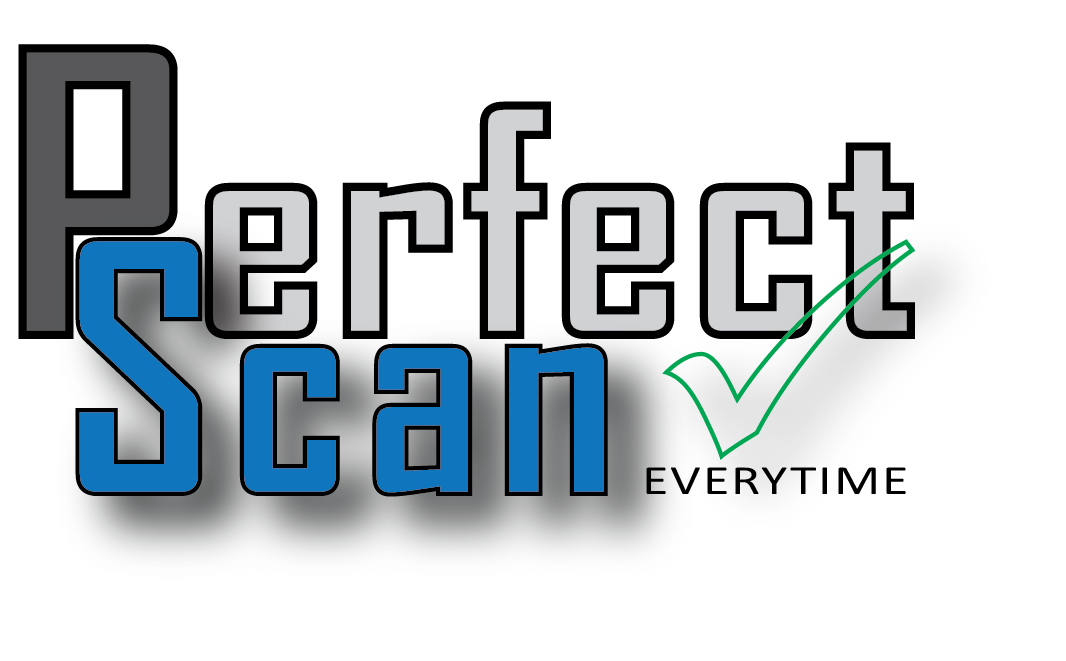
Excerpt from Document Imaging Report on February 7, 2014. Click here for the pdf version of the article.
The Avis of IP?
Dynamic Computing Solutions is a Maryland-
The road from product conception to realization was a lot longer than McNees anticipated. “We made a lot of mistakes along the way,” he admitted. “Every time we thought we had it done, it turned out we didn’t.”
Until now. A demo version of PerfectScan is now available and McNees took DIR through a fairly extensive demo himself. “One of the characteristics that differentiates PerfectScan from most IP technology is its ability to make adjustments considering the entire contents of a page,” said McNees. “Most other image processing software takes a more myopic view and focuses more on individual characters. PerfectScan considers a page the way a human eye and brain would. This enables it to make only a section lighter or darker, where needed. We call this localized dynamic Thresholding.”
McNees showed us what he meant utilizing a weigh bill with a sticky note attached to it. After initially be run through the default settings in PerfectScan, the words on the sticky notes were illegible. However, with an adjustment of a slider, the contrast on just the sticky note area was increased, enabling the words to come into view, while the contrast on the rest of the document, where the text legibility was fine originally, remained the same.
The slider was a light-
“The application appears simple to users, but whenever an adjustment is made, behind the scenes there are multiple operations going on,” said McNees. “If a customer wanted us to, we could expose additional controls.” The enhanced processing mode offers features like “intergap fill,” which automatically completes lines on characters that may appear broken in a scanned image. “This is not character substitution and it is language independent technology. It works on handprint as well as machine print,” said McNees. “Our tests have shown that on poor quality documents, PerfectScan can improve OCR accuracy by 38% over using an OCR product’s out-
PerfectScan works with grayscale images, and an algorithm for converting color images to bi-
Dynamic Computing Solutions is a relatively small operation, and McNees is currently looking for partners, potentially through OEM agreements, to help him bring PerfectScan to market.
For more information: http://perfectscan.com/